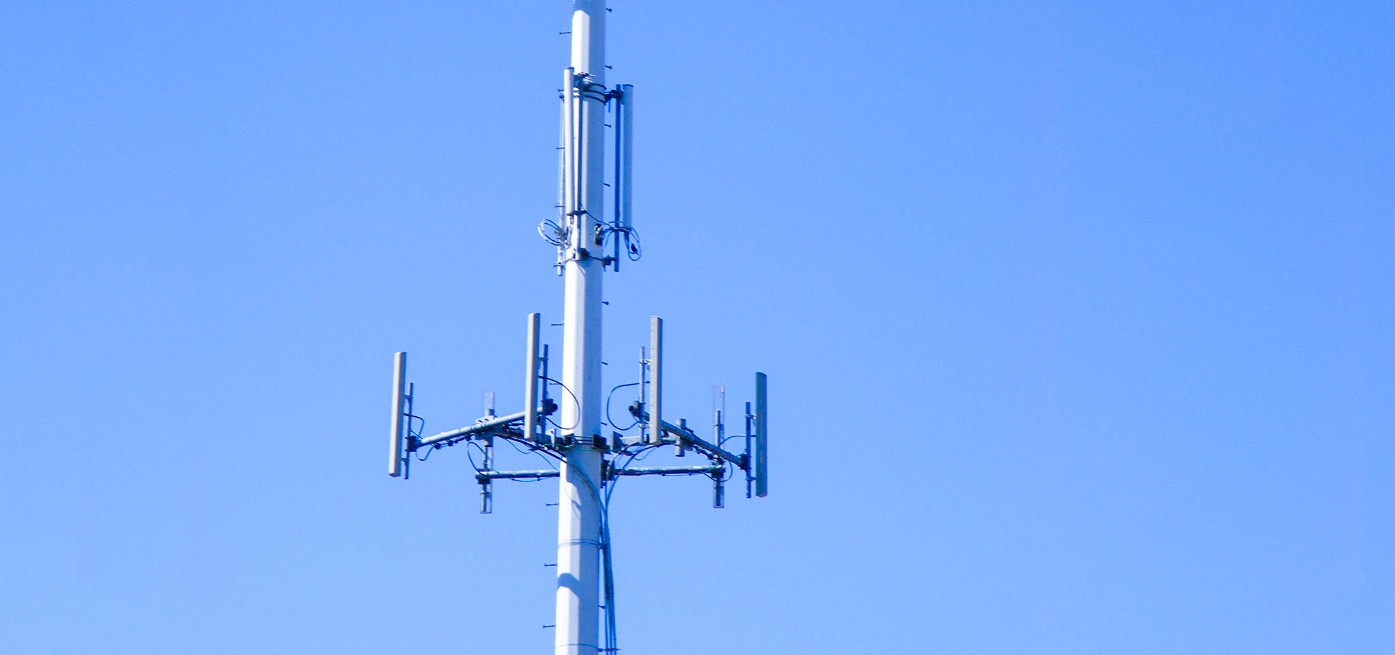
Buying Guide for Portable Signal Jammers
Key Takeaways Consideration Detail Product Weight Jammer Master’s portable jammers average 1.5Kg, significantly lighter than desktop models. Frequency Bands Capable of blocking multiple bands with
Free Worldwide Shipping & 1-Year Warranty!

In recent times, many customers have been calling in with a specific request for a full band jammer that can block signals within a radius of 50 meters, with a distance of 500 meters and a coverage area of one kilometer. Additionally, they require the jammer to be mobile and capable of blocking signals from all three major Chinese telecom networks – China Mobile, China Unicom, and China Telecom. While these requirements may seem straightforward, the reality is that fulfilling them can be quite challenging. This article aims to shed light on the complexities involved in meeting these demands and provide insights into the factors that affect the effectiveness of full band jammers.
At first glance, it may seem that the distance requirements can be met by deploying multiple jammers based on the specified shielding range. However, the customers are not entirely aware that the shielding range of a full band jammer is not a fixed value. To comprehend this, it is essential to understand the jamming mechanism employed by these devices.
Full band jammers operate by scanning frequencies from the lower end to the higher end at a predetermined speed. This scanning speed can cause interference in the reception of message signals by mobile phones, resulting in the inability to detect normal microwave signal data transmitted from base stations. Consequently, the jammer disrupts the establishment of a connection between the mobile phone and the base station, effectively blocking the mobile signal.
In simple terms, the frequency emitted by a full band jammer interferes with the reception frequency of mobile phones from base stations. This creates a competitive relationship between the jammer and the base station. If the transmission power of the full band jammer is lower than the channel power delivered to the mobile phone by the base station, the jammer will be ineffective. Only when the power of the full band jammer exceeds the power delivered by the base station can effective blocking be achieved.
Consequently, the shielding distance of any jammer varies depending on the signal environment. Moreover, the shielding distance will differ for each of the three major Chinese telecom networks – China Mobile, China Unicom, and China Telecom. This discrepancy arises due to variations in the density, orientation, and power of the base stations deployed by these network operators. Additionally, the presence of obstacles further affects the effectiveness of the jammer. Metallic materials can directly block signals, while reinforced concrete walls cause a 10-fold attenuation, and materials like wood or glass result in minimal signal degradation.
Given the aforementioned complexities, it is crucial to gather specific information from customers before selecting an appropriate full band jammer. Inquiring about the distance of nearby base stations, whether the jammer will be used indoors or outdoors, and the need for wall penetration are essential factors to consider. By understanding these details, it becomes possible to recommend a suitable full band jammer that aligns with the customer’s requirements.
Choosing a full band jammer with specific distance requirements is not a straightforward task. The effectiveness of these jammers depends on various factors, including the power struggle between the jammer and the base station, the signal environment, and the presence of obstacles. To ensure customer satisfaction, it is crucial to gather comprehensive information about the signal environment and usage scenario before recommending an appropriate full band jammer. By doing so, we can provide customers with the most effective solution for their signal blocking needs.
Our frequency checker tool will help you check all frequency bands used in all country.

Key Takeaways Consideration Detail Product Weight Jammer Master’s portable jammers average 1.5Kg, significantly lighter than desktop models. Frequency Bands Capable of blocking multiple bands with

In an age where the sky is dotted with drones, the importance of drone jammers has never been more significant. From commercial deliveries to personal

Protect your vehicle’s location privacy with a professional guide on GPS jammers. From selection to legal considerations and installation tips, we’ve got you covered. Key

Understanding Signal Blocker: How It Works and Its Applications Signal Blockers are devices that can disrupt mobile phone signals, preventing them from connecting to base

The Application and Benefits of High-Power Signal Jammers Enhancing Signal Blocking Efficiency in Various Environments In today’s technologically advanced world, the need for effective signal

Considerations for Purchasing Exam Room Signal Jammers Ensuring Effective Signal Jamming for Exam Integrity As the year approaches its end, many schools are preparing for

The Importance of Monitoring and Signal Interference Measures During Examinations During examination periods, it is crucial to closely monitor the examination venues and their surrounding

Selecting the Appropriate Cell Phone Jammer for Theaters and Auditoriums Overcoming Challenges in Installation and Maximizing Signal Disruption The Importance of Cell Phone Jamming in

Remote Control of Cell Phone Jammers via Smartphone: A Possibility? With the rapid development of the Internet of Things (IoT), numerous smart home devices have